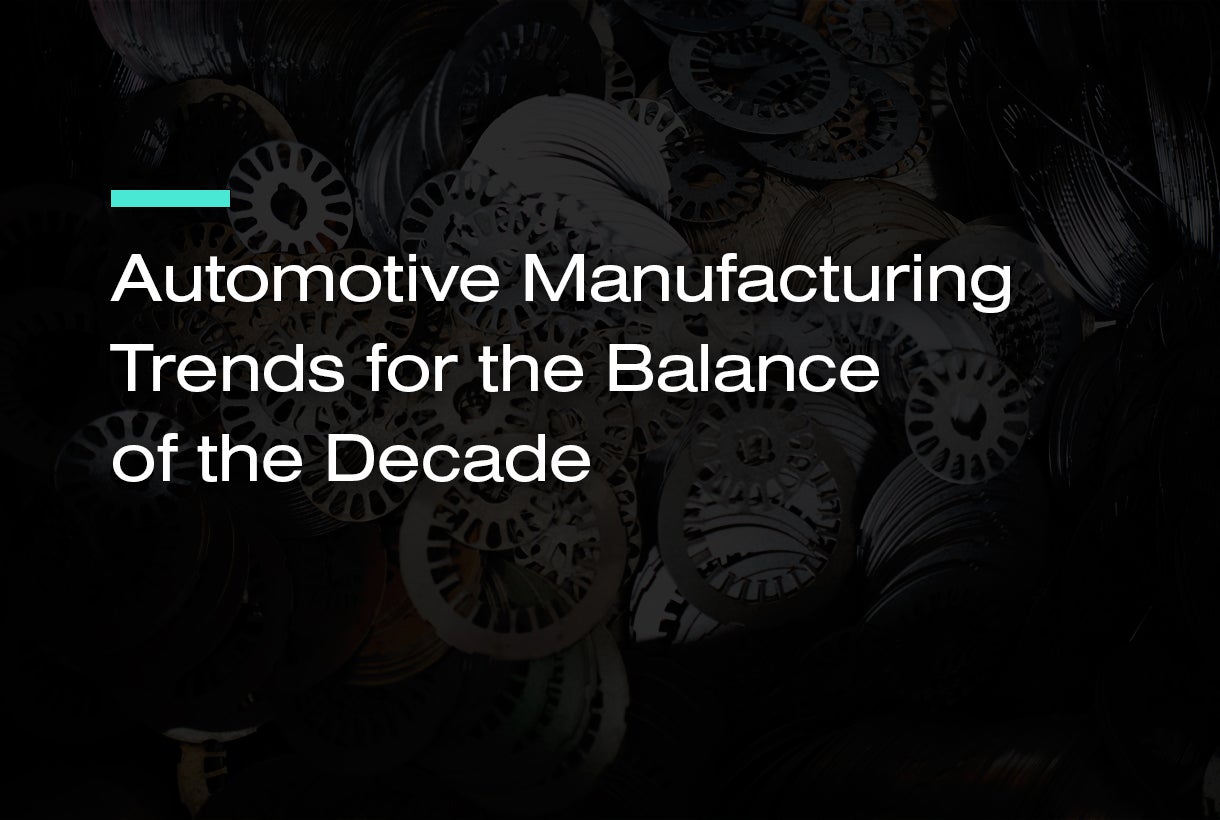

Now Available!
Get your copy of the 7th Annual State of Smart Manufacturing and hear from 300+ manufacturers in this new survey report!
Subscribe to Our Blog
For a monthly digest of expert insights, data points, and tips like the ones in this article.
Smarter, Together: Connecting Customer Influence to Positive Business Outcomes (Part 4 of 4)
Smart Manufacturing, Smarter, Together, Success Stories
In earlier posts of this series, we talked about Plex’s core principles of customer influence, how we approach influence, and how we capture it:
- Blog 1 – What Does Influence Mean to Plex?
- Blog 2 – How Plex Customers Influence Product Direction
- Blog 3 – Measuring Customer Influence at Plex
This last post discusses how we truly measure the impact of customer influence through business outcomes. Someone once said that communication is measured not at the mouth of the sender, but at the ear of the receiver. Influence has a similar model – it is measured not at the input (or throughput), but rather at the customer outcome.
The metrics and KPIs outlined in our last post are great leading indicators for influence. We monitor them regularly and they provide immediate insight as to whether we’re on the right track with our customers. But if we only look at those KPIs, we miss the real opportunity – and benefit – that customer influence can have on us and our customers.
That’s where outcomes come in – they are the ultimate barometer of the success of customer influence and help counterbalance other leading indicators to ensure our influence is having an impact.
What Is a Outcome?
Let’s start by defining what we mean by an outcome. An outcome is the tangible and measurable business benefit a customer receives from a product. Outcomes start with the end in mind – they are not features and functions, but rather business-level impacts. Outcomes look like this: reducing administrative overhead by X%, reducing non-value added labor by Y dollars, or reducing successful audit time by Z hours.
At Plex, we start by asking our customers what business outcomes we can enable to empower them to be more successful. We then define the problems our customers need to solve in order to achieve desired outcomes. Finally, we then get into the feature/function.
Real-World Examples of Customer Influence
Below are a few real-world examples of outcomes we’ve been able to deliver through customer influence:
Helping Customers Fulfill Automotive Tier 1 Supply Chain Requirements
A major automotive OEM was looking to get more visibility and control into its supply chain. They instituted a portal and a requirement for their suppliers to populate all shipment data into the portal and then print/apply an OEM-specific label to their shipments using that data. While it provided the OEM with the visibility and control they were after, it was an added step that greatly increased the labor, time, cost, and on-hand inventory required for their suppliers to comply. Our customers who supply to this Tier 1 automotive company reached out and asked for help.
Together with our customers, we defined the required outcome: “Reduce the labor and cost to comply to be lower than before the mandate and reduce required inventory carry from days to hours.” That’s a tall order but a perfect outcome to drive towards. Working directly with our customers and the OEM, we defined the solution and then requirements and integrated Plex directly to the OEM system, allowing our customers to remove all of the incremental labor, streamline their operations, and reduce their on-hand inventory to hours. Our customers gave us feedback that they are now saving hundreds of thousands of dollars every year.
Solving European Compliance Needs as a Team
A key compliance requirement changed in one of the international markets that our customers support. It required additional paperwork, overhead, and labor to comply. Rather than just solve for the compliance need, we pulled together a European Product Advisory group and asked, “What does a good outcome look like?” Our customers gave us the feedback “Full compliance and allowing us to reduce 25-50% of the administrative overhead necessary to comply.” So, we went to work. With our customers, we identified the core problems that needed to be solved and designed and delivered a solution that facilitated compliance and eliminated 50% of the overhead. Customers were involved not only in helping define the requirements and helping us test the solution, but in validating that we achieved the desired outcomes.
Achieving Positive Customer Outcomes
Of course, some outcomes are more impactful than others and, likewise, some take more work to achieve. But all positive customer outcomes, big or small, are meaningful. And all outcomes serve as proof of customer influence and the impact influence has. Partnering, identifying meaningful KPI and outcome goals, collaborating on solutions, testing, and measuring is a rewarding process that allows our customers to be more successful and more competitive in the markets they serve. And for us? It ensures we’re a trusted business partner, are maintaining our best-in-class retention, and are continuously improving our product and processes to serve our current and future customers.


